
by Ben Zackheim | Sep 15, 2014 | Book Promotion, Digital Identity, Sell your book, Writing |
My goal with this post:
To give you clear tips on how to arrange your Twitter activity. The tips will be practical and will help you manage your personal and professional sharing. Let me know how I did in the comments!
I did it. I finally did it.
I’ve been on Twitter since 2007, which means, well, I’ve spent a lot of time worrying about tweeting since 2007. Oh, I have a lot to say. I have a lot to share. I always spot interesting conversations. The problem for me has never been finding things to disperse. The problem has been The Twitter Time Suck.
The Twitter Time Suck is:
- The black hole of starting to tweet interesting material and not being able to stop.
- The anxiety around whether my tweets are having maximum impact, which leads to more tweeting.
I’ve spent the last several years trying to find a way to make posting take less time but be more rewarding. What do I mean by rewarding?
- Just as every conversation I have with a person is part of the fabric of my life, I want my posts (on every platform) to reflect who I am (NO PRESSURE!)
- I enjoy connecting with someone.
- I like to get traffic to my site.
- I like to sell books.
If those four points sound familiar, and you also fret about The Twitter Time Suck, then I may have some good news. I’ve found a perfectly reasonable system to keep my tweeting to 15 minutes per day.
Last year I started to manage social media for The School of Visual Arts’ MFA Visual Narrative program in NYC. It’s a fantastic low-residency Masters degree with faculty like Benjamin Marra, Joe Kelly and Edward Hemingway. Because the focus of the degree is on visual storytelling you can imagine how daunting the task of sharing information via Twitter was to me. Remember, I still had to manage my own social media efforts. Having so much to dig through easily led to brain-hurt.
So I started to try a few things to help me juggle it all. I’ll spare you the trial and error.
This is where I landed
1) Use your morning activities:
We have coffee, we shower, we brush our teeth, we read the news. Morning routines (even busy ones) are where many of us quietly review our priorities and our dreams/wishes/aspirations for the day. There’s a lot to find in that mental landscape. Be mindful of your thoughts. Don’t just think them and let them go. If the warm water on your head makes you think of something funny, say it out loud. That will help make it real and memorable. If you want to share it with the world, well, then you have your daily observational tweet!
If you come up with more than one thought, jot it down in a txt file asap. You can tweet it later using…
2) Hootsuite. Use it.
Hootsuite allows you to queue up your tweets. This is the critical task in any effort to simplify tweeting. You can also use Hootsuite to post to Facebook and LinkedIn. Yes, I’ve used Buffer and Klout. Hootsuite is the best.
3) Set your tweet limit for the day.
My limit is six tweets. For some, that’s low. For some, that’s high. Find your limit and stick to it. But don’t worry about it if you go over or under your number. Worrying wastes time ;-) If you have an account that bridges both personal and professional, then break it down like this at first. Adjust as needed:
50% content tweets (cool articles, helpful posts, beautiful images, quotes)
25% professional tweets (book excerpts, deals, product images)
25% personal tweets (jokes, observations)
4) Tweet your best stuff again. And again.
Be sure to tweet your good stuff often. Don’t worry about it being seen by everyone every time. It won’t be. To stand out in the noise you need to put your best foot forward, and sometimes that best foot is wearing an old shoe. Yeah, my metaphors suck today, but I’m still right.
Tip: If you sign up for Twitter ads you can get incredible insights into what tweets get the most engagement.
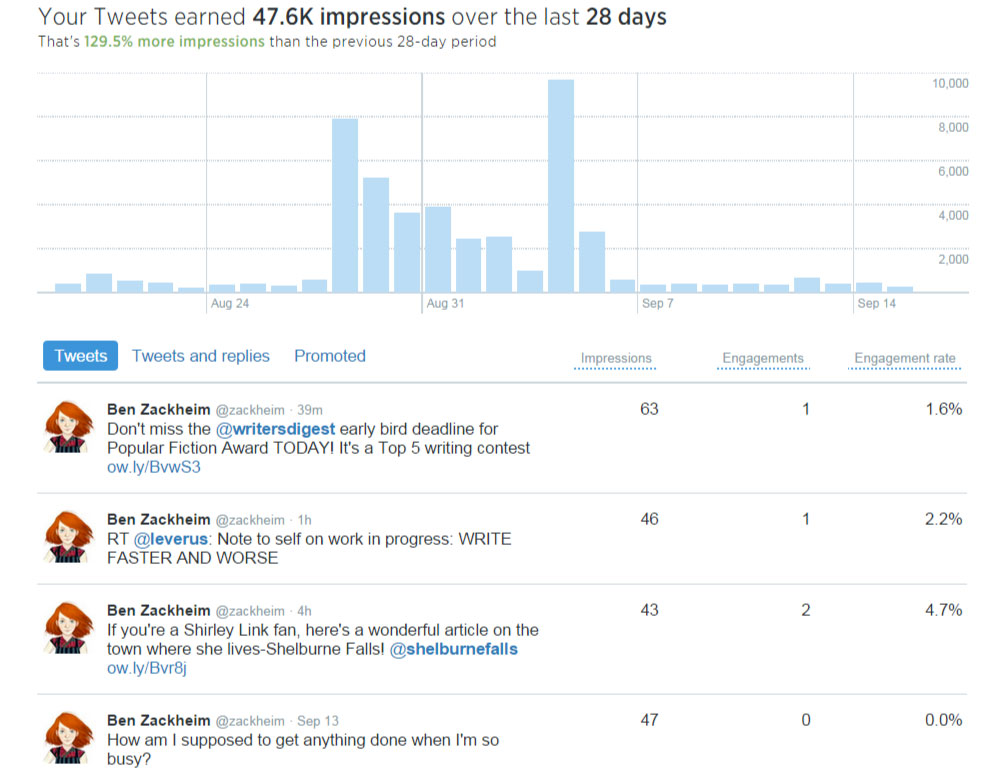
Track this data and retweet the posts that have legs to them. Logically, you wouldn’t lean on tweets that are based on breaking news too many times. But if you make a funny observation about life, really it’ll never get old!
Sticking to these rules for my Twitter-life has cleared up my head so I can pay attention to work and family and Angry Birds Star Wars.
What do you do to maximize your time-spent:impact ratio?
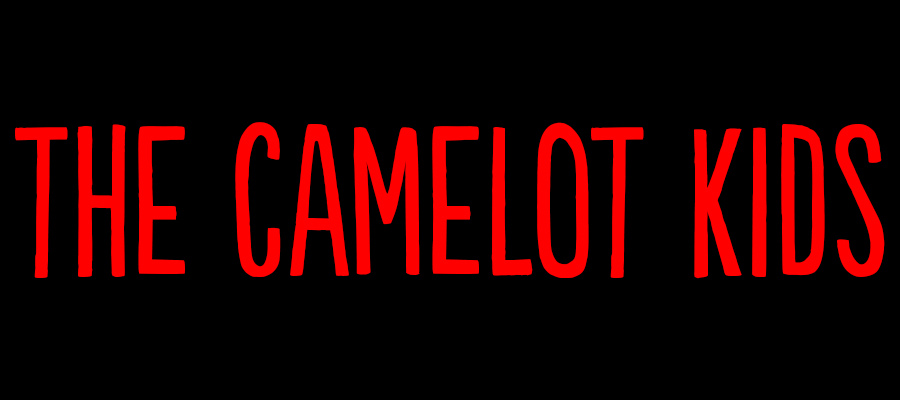
by Ben Zackheim | Sep 12, 2014 | The Camelot Kids, Writing |
Chivalry is the act of defending those who cannot defend themselves.
That’s a simplification, but I’m going with it (for now), and you can’t stop me.
The same way magic is the code that holds Harry Potter’s world together, chivalry is the code, the foundation and the social dynamic of Camelot.
Now that I’ve completed Book One, I understand that something in the core of the mythology was drawing my own sense of chivalry out of me. It was injecting these complex, flawed characters with a sense of doing the right thing, no matter the cost. Sure, the complex moments of bravery, stubbornness and kindness were emerging in a mystery/action/adventure yarn. But within the mask of story was a seed of humanity that I’d never considered deeply for my protagonists before.
An orphan helps an orphan.
A bullied student helps the new kid escape a gang.
Even those who live a life rife with heartache and hard knocks emerge chivalrous. No, especially those who live a life rife with heartache and hard knocks emerge chivalrous.
But why? How? Where does this instinct to protect those around us come from? What happens inside us when we drop our own interests and risk everything for other people?
The answer became clear as I wrote the book.
The dynamic of wanting to connect with people is the same dynamic that makes us risk everything to help them. In other words, our connection to each other, simply because we’re human, has costs as well as payoffs. For our humanity, we get friendship, love and support as a “payoff”. But does that mean that heartbreak, pain and rejection are the “cost”?
No. That was my revelation as I wrote The Camelot Kids.
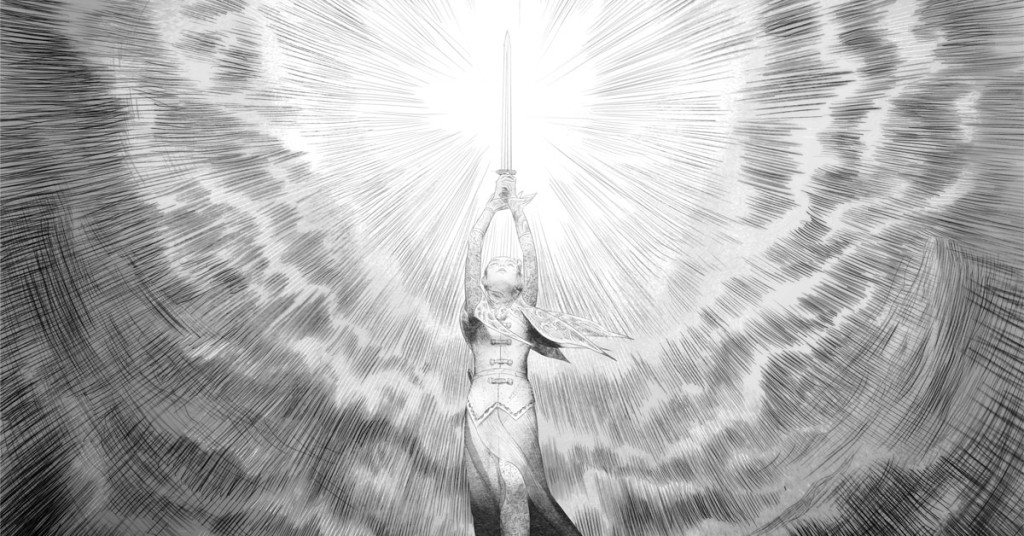
The cost of this human experience isn’t heartache, pain and rejection. It’s chivalry.
Being loved, supported, hated, ignored creates an astonishing power to do the right thing for anyone — friend, foe, or stranger. That human connection is so complex that something in us is willing to give our lives for it in a split second.
For me, this revelation does something profound to my sense of modern life. Don’t we live in an insulated bubble? I’ve assumed that most of us reach a certain age of reason where we construct a world with as much love as possible, and avoid the most pain. It takes a while, but it seems to me to be a standard human thing to do. To the degree that we have control over our surroundings, don’t the vast majority of us expend a tremendous amount of energy on building comfort and avoiding discomfort?
While I still think the answer to these questions is yes, it’s clear that we have a Trojan horse of bravery, duty, kindness and chivalry in us. It’s rolled into our gut at around the same time we look at another human and realize we want to keep them close forever. And it’s solidified when we meet our first enemy.
I think it’s the most exquisite insight we could have today. I think mythology that reinforces this inherent power in each of us is what we all need right now.
Taking this idea further; our disillusionment with Arthurian lore is indicative of our disconnect with our own chivalry.
Prove it!
Okay. When was the last time we felt connected to the second most famous myth of our time? We get chance after chance in the Merlin or Camelot TV shows, the recent King Arthur movie — but they don’t resonate outside a small group of fans. It’s not because the efforts suck, necessarily (though some do). It’s that they’re stale. They treat chivalry like it’s a noble thing only, and not the complex force it is.
Chivalry is Gandhi.
Chivalry is Martin Luther King, Jr.
Chivalry is Malala Yousafzai.
The heroes of Camelot don’t need to tell the same thousand year story again.
The heroes need to be among us. More importantly, they need to be chivalrous among us.
So for all my humility and fear in tackling the lauded lore, my goal with my new book, The Camelot Kids, is to give the world a peek into Camelot in our time. I want to make Camelot fun again. And I want to do it in a way that’s respectful of the tales’ whimsy, boldness and deep conviction that to do right for others is to do right for everyone, including yourself.
After all, the more in touch we are with our inner Camelot, our sense of chivalry, the better off the world will be.
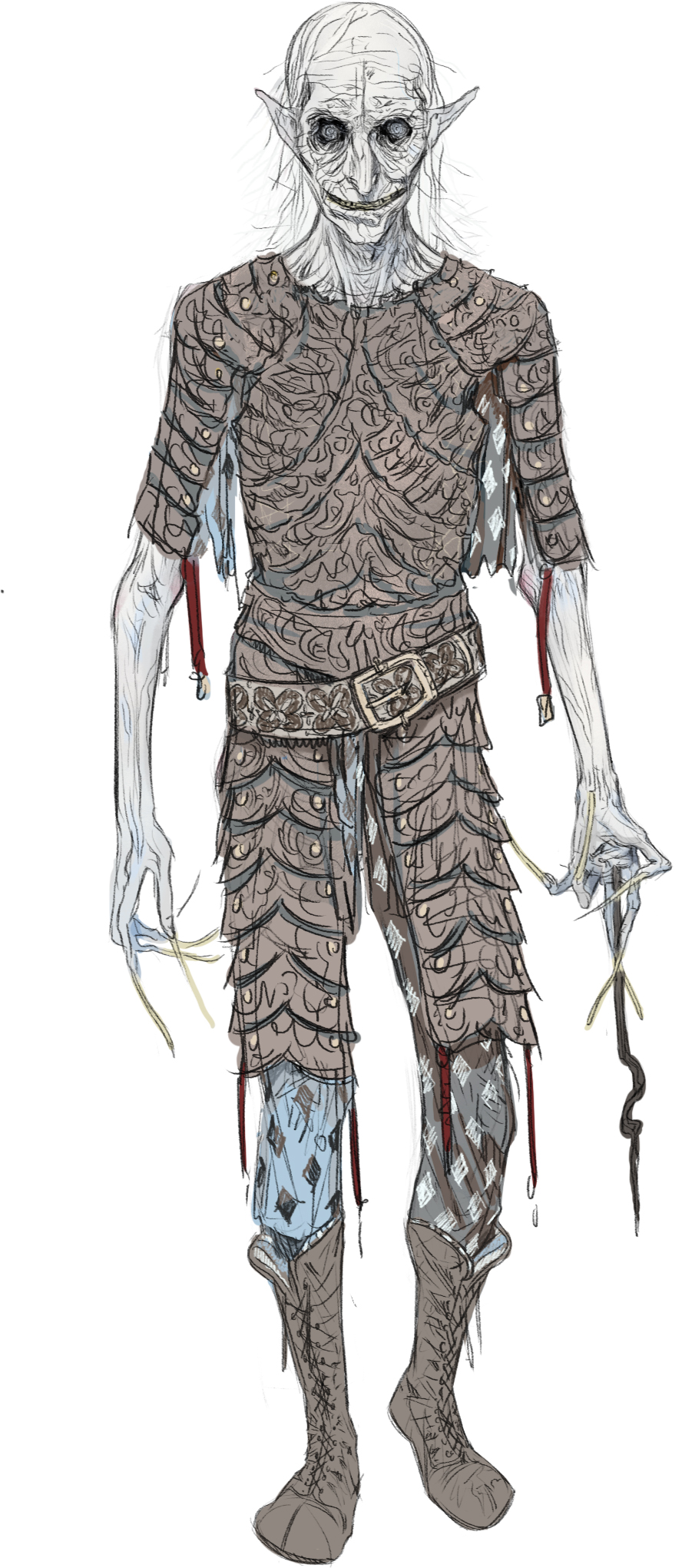
by Ben Zackheim | Sep 3, 2014 | Writing |
The Camelot Kids: Part One is on Amazon and invading Kindles across the globe! I love those sales in India, the UK and Germany ;-)
But there’s no time to rest. Ian, Nathan and I are on to Part Two (while Ray Buetens of Slub Designs works on the softcover, due in December)
The Camelot Kids: Part Two is where the big stuff starts to happen. You’ve met Simon, Maille, Merlin, Uncle Victor, Hector and Red. Next up is a pair of young knights-in-training named Josh and Russ, who will ease the transition into New Camelot for Simon. You’ll also meet Dergh who plays a major role in the story, especially in the latter part of the tale.
And finally, there’s Rukkush.

He’s a bad guy, no doubt. But how bad is he? What is he up to? And how will his shenanigans change Simon’s life forever?
In the coming days, I’ll share some peeks at the work Nathan and Ian are delivering. Look out for The Camelot Kids: Part Two eBook on Amazon September 30th, 2014!

by Ben Zackheim | Aug 29, 2014 | Writing |

Thank you.
Thank you for your support. Your patience. Your kindness. Thank you for your Likes/Shares/Retweets ;-)
One of the hardest parts of launching a book is letting go. I’ve lived with these characters for nine years in one form or another.
Now The Camelot Kids belong to you.
I hope you love them and their story as much as I do. Forgive them their dense teen moments. Celebrate their complete inability to get along. And, uh, I guess you should just try to ignore the smell of the boys’ quarters.
Go pick ’em up! The ebook will be $1 for a week and then the price will go up (just in time for Part Two in September).
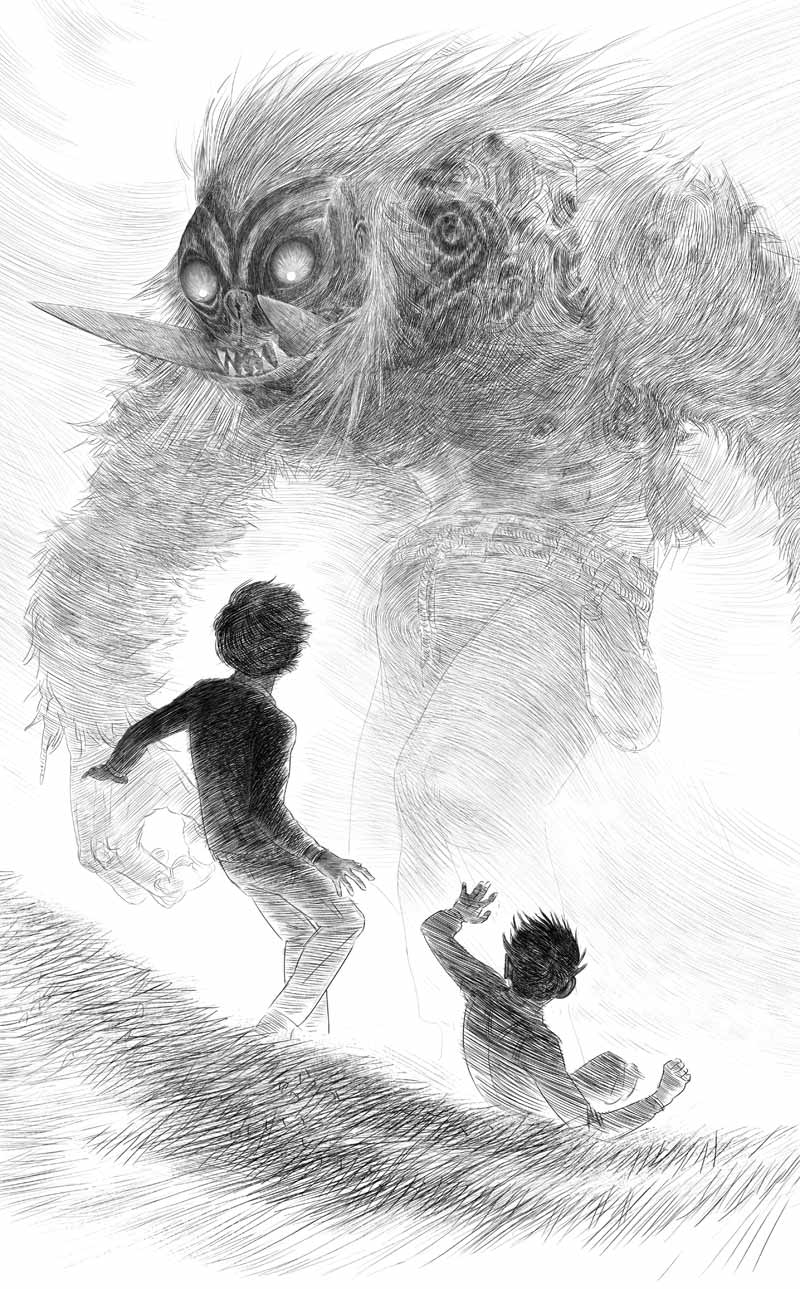
by Ben Zackheim | Aug 25, 2014 | Writing |
I tried so hard to hold back on sharing any of the final interior illustrations for The Camelot Kids: Part One.
I really did.
But I’ve failed.
I just had to share this illustration by Ian Greenlee.
The Camelot Kids: Part One includes several incredible pieces by the young talent.
Here’s the only one I’ll share.
SO SAY ME ALL!

Caradoc, the troll, strolls into Simon’s life.
What do you think?
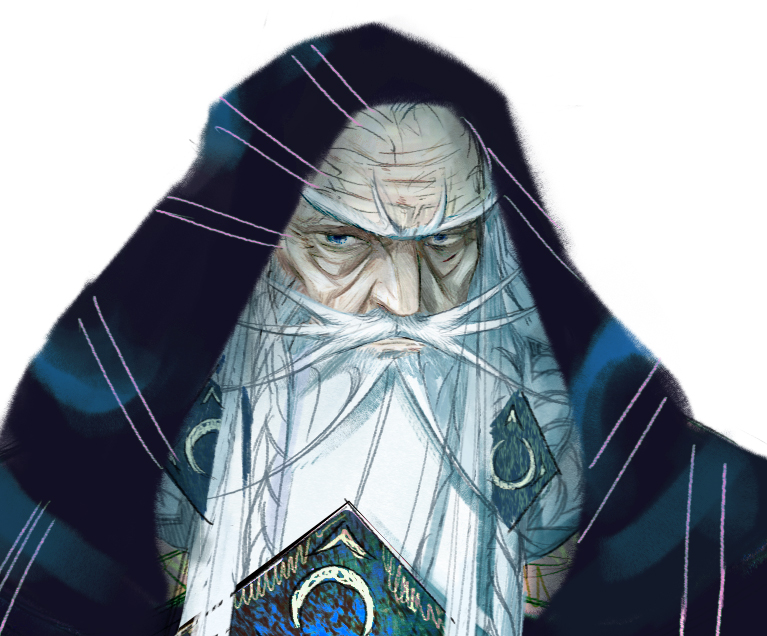
by Ben Zackheim | Aug 6, 2014 | Writing |

(You can now buy Part One of The Camelot Kids on Amazon.)
When I first had the idea for The Camelot Kids, my upcoming book, it was about a summer camp run by Merlin.
Cool idea, maybe, but too similar to some stories I was reading at the time. I abandoned the project before it got started.
But my brain snagged on the Camelot myth. Knights, dragons, wizards, adventure, love, betrayal; this is the stuff we scarf up like Reese’s Peanut Butter Cups these days. And it’s attributable, or at least natural, to King Arthur in one way or another. Camelot and King Arthur are the vehicle in which Fantasy (with a capital ‘F’) has been carried through time, to our time.
If you ask people to tell the story of Camelot, well, that could mean a bunch of things.
The quest for the Holy Grail!
The forbidden, dangerous love affair between Queen Guinivere and the knight Lancelot!
Arthur pulling the sword from the stone!
Whichever tale you associate with the Camelot myth, it’s in your noggin somewhere, and it’s a good bet that your impression is somewhere between “blech” and “meh.”
Isn’t that odd? One of the heartiest yarns to survive the ages actually leaves many Fantasy fans cold!
As I dug into the story I found something even odder. Camelot felt like a cardboard cutout of fantasy. It felt like a 50s Disney film with pointy towers and pointy flags and fair ladies with pointy hats. Everyone wore white or gleaming armor in my mind’s eye. Fair maidens batted their eyelashes. And knights? They jousted, or something. Blech, indeed. Maybe Camelot wasn’t for me after all.
But there’s a big but.
I figured out how Camelot would be relevant to me again. It wasn’t easy. In fact, it took Alice in Wonderland, Narnia, Harry Potter and, most importantly, the horrible 80s film, He-Man and the Masters of the Universe to give me my eureka moment.

The world sucked for a kid growing up in 70s and 80s America.
And it was hard to ignore the suckage, which ranged from the Iran Hostage Crisis to Max Headroom to everything else.
Luckily, Fantasy was thriving ! Star Wars, comics, and any Atari game or Tor book were crucial to my sanity. Taking a look around at what popular culture has become today, it’s clear that several billion others felt the same way.
Back then, I read comics and books that swept me away from wherever I was because wherever I was just plain bit. With Star Wars or Superman I could escape into a place that had nothing in common with my farty classroom, or the stale mall, or my quiet bedroom. To me, there was no magic here. There was only magic there.
This is one of the reasons why I hated stories where kids from our world stepped into another one. To me, even one child from our reality stepping into a fantastic world would be like a cancer on the story, sucking our insecurities about “otherness” out of us like pus from a wound. Narnia, Wizard of Oz, Alice in Wonderland…they were so quaint with their talking animals and spritzy, cute sheen. (note: I love them now, but I was an angry teen!)
Worst of all? The kids always wanted to go home! Losers.
The people in these stories were shallow to me. Their bonds to other characters were like a person to a pet — strong but inhuman. All the “heroes” had one foot out the door, willing to risk everything to see mommy again.
My hatred of the “Looking Glass” type of story was vindicated (in my petty mind) when the He-Man and the Masters of the Universe movie came out in 1987. Starring Dolph Lundgren and Courtney Cox — need I say more? In the movie, He-Man is trapped in our universe in a far-from-epic adventure designed to sap the magic out of our world for decades. No, that wasn’t the plot. That’s what the movie actually did. It made your standard TV movie of the week look like The Godfather. To me, this movie was proof that no one knew how to take a normal kid, place him in another world and tell a good story.
I balanced myself on that told-you-so soapbox for years. It was an argument I had with my film geek college friends in NYU Tisch School. I watched as Hollywood botched fantasy film after fantasy film with nary a lesson learned.

Then Harry Potter came along.
It took Harry Potter to show me that our world and a fantasy world could mix, and be fantastic. The thing about Harry Potter that changed the dynamic for me was emotion. The best Fantasy starts with our sense of love, jealousy, revenge, ambition and then places it in a fairy tale. What had been missing for years (for me) was a story that took place in our world but treated us as magic. What author would be daring enough to shed the sarcasm, the cynicism of our times and insist that adventure is right under our noses? Who would find a fantastic way to tell a human story where a school, not a parent, is the ultimate shield from harm? Who would acknowledge our deep desire to be swept into another world and never see this one again? It turned out to be JK Rowling.
The lore of King Arthur is stale because the humanity has been leeched out by centuries of interpretation. Characters have become cardboard caricatures. Camelot has become Disneyland. Chivalry has become trite. In many ways the second most recognizable fairy tale in the western world suffers a lack of depth.
This is what I thought. Past tense. Until…
(and this is where my desire to write about Merlin and his pawns sat up from its death bed like the Frankenstein monster)
…until you ponder the famous Arthurian characters as normal people trying to make the world a better place, but stumbling on their weaknesses.
That would be cool.
And make them modern people, who we can identify with.
But don’t lose the history. Never lose the history. Make a sequel, not an adaptation.
Writing is hard.
Writing about famous figures is harder.
Writing about Camelot is downright dangerous. The consequences of taking creative license with something that has Ivy League programs dedicated to it invites wrath that’s usually reserved for atheists writing about God. But, really, can you think of a more exciting hill to climb?
When I started researching The Camelot Kids, I’d never read any of the classic Arthurian tomes. I’d never seen the racy Excalibur flick or Disney’s Sword in the Stone. But somewhere along the line I’d become so familiar with the gist of the key characters that I spontaneously grew an appetite to consume their stories, old and new.
As I immersed myself in the myth of Arthur and his Knights of the Round Table I was struck by how familiar it was. When I read A Connecticut Yankee in King Arthur’s Court, I was surprised to find that it was good to see these old stalwarts, these staples of Fantasy. It wasn’t quite the same as seeing a new Indiana Jones movie, or picking up a new Harry Potter, but it was still a tug at the heart which is the sole domain for old favorites. Where did I ingest the story so deeply that I could tell you about Mordred or Morgan Le Fay? How could I recall the young Arthur pulling the sword from the stone? Why was Lancelot so burned into my mind’s eye?
My best answer is that all archetypes seep in. They’re in images we see every day. Their morals come up for air in the small deeds we do for and against others. They are us. And we are them.
So, upon realizing my love of characters whom I sensed, but did not know very well, I began work on The Camelot Kids.
From the blank page I noticed something odd.
It usually takes a while for me to flesh out my plot and characters. Weeks, months. But within days, I’d settled on writing a modern tale where a number of young teens are told that they’re descendants of Arthur and the Knights of the Round Table. Merlin needs their help to save New Camelot from destruction.
From the first tap of a keyboard key, the boys and girls in my new story came alive. They were sweet, petty, funny, confused, and searching for chances to connect with each other in meaningful ways.
And they were chivalrous. Naturally so. Humanly so. In other words, they were chivalrous at times, vindictive in others.
There’s that word again. Chivalrous. What is it? And why is it so important in King Arthur’s world? Here’s why!

[divider divider_type=”gradient”][/divider]













